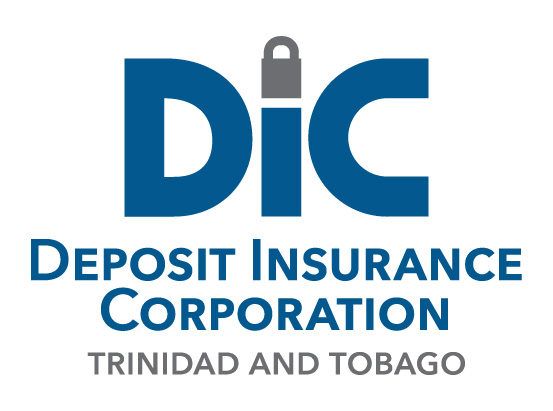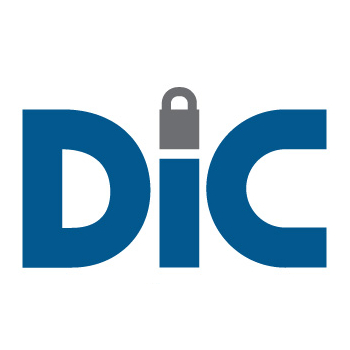No. The main office and all branches are considered to be one institution. Therefore, the accounts would be added together and insured up to the $200,000 maximum. However, separately constituted subsidiaries or associated companies are recognised as distinct legal entities for deposit insurance purposes.
Frequently Asked Questions
- What is the insurance coverage on a trust account held under the provisions of an irrevocable express trust?
- Are foreign deposits insured?
- Will the Corporation offset a deposit balance held by a customer against the balance due on the loan?
- What happens to cheques which are not cleared on a depositor’s account before the business of the institution is closed?
Did You Know?
- Misconception: Certificates, deposit books and other documentary evidence of deposits held in a member institution are not relevant to making claims in the event of a failure. - Fact: A claim, supported by appropriate proof, must be made to the Deposit Insurance Corporation before payment of deposit insurance can be made. As such, all information including certificates, deposit books bank statements etc. would be required to facilitate a smooth payout process. See Tips for Depositors.




